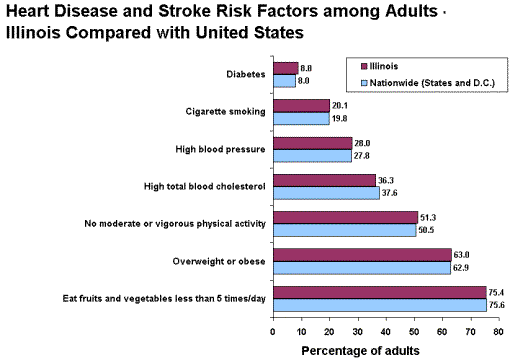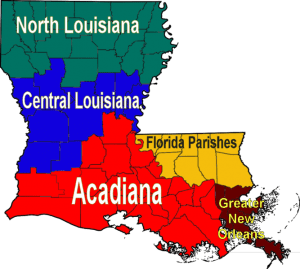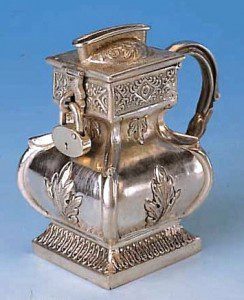
Lincoln has changed the name of their Indexed Universal Life (IUL) product to “Lincoln LifeReserve Indexed UL Accumulator”. They changed their default quoting rate on the S & P 500 annual point-to point to 8.22%. This is based on a 30-year historical Lookback rate. Before this Lincoln’s default rate was 7.75%.
Using a higher rate seems counter factual considering the S & P 500 was a flat 0% for 2011, despite so far enjoying a much better 2012. Showing a higher rate reflects competitive pressures. One carrier’s current default rate on the S & P is 8.30%. A carriers competitiveness could suffer when another is showing higher rate on the exact same index and crediting period. The rate quoted and the calculation method depends on the carrier. Penn Mutual is currently illustrates 7.92% for the exact same S & P 500 annual point-to-point. Tranamerica gives 7.93%. Allianz gives 7.22%.
The important consideration from a buyer’s point of view is to take all these rate assumptions with a grain of salt. Sure the S & P could average 8% or above over the next several decades, but it could also average lower. Request quotes with the exact same rate assumptions for a closer apples-for-apples direct comparison. With Lincoln, North American and Penn Mutual, I use Penn Mutual’s 7.92%. It would be nice to level them all to an even 8%, but most carriers including Penn Mutual won’t allow plugging in a rate higher than their default rate.
Depending on the index, the default index rates are in the 7% to 8% range. It’s prudent to request a quote illustration with interest rates several points lower, for example 5% or 6%, to see how those hypothetical results would affect your goals.








 Those types of limitations is why North American’s
Those types of limitations is why North American’s 
 Sean Drummey
Sean Drummey